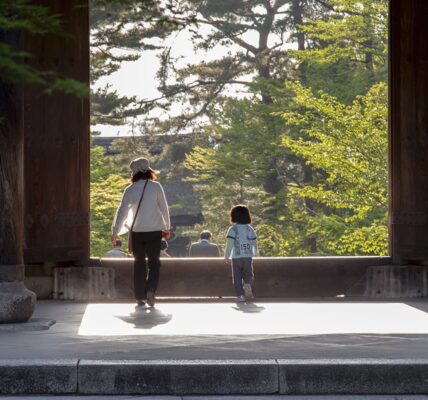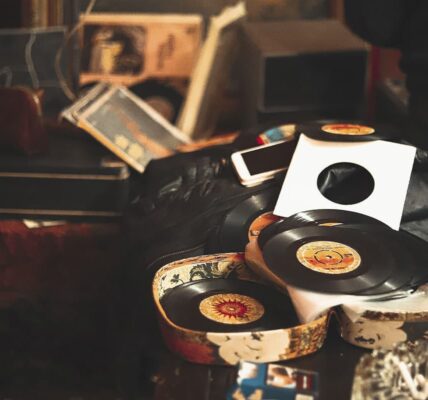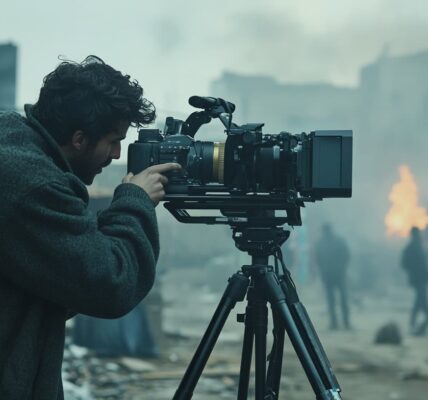In the late ’80s, Jenny Livingston spent several years observing the ballroom-dance subculture, popular primarily among poor and unprivileged New Yorkers: African-Americans and Latinos, mostly gay and transgender. Local contests and private clubs, marginalized companies and day jobs all remain in the director’s lens as stunning archives of grainy film and unprecedented access code. Nothing as interesting in color, character vividness, and anthropological accuracy in music underground documentary has been around for a long time.
Until a couple of Europeans traveled back to the States to meet the famous dancers who invented voguing, something they did in “Paris is Burning” and which became the basis for Madonna’s landmark “Vogue” video. Most of them grew out of the ballroom context and, in Madonna’s subplot, finally found worldwide fame and incredible royalties. “Take a Pose” documentarians meet them two decades after triumph, the AIDS epidemic, world tours and chronicles of the beautiful life. As often happens in such cases, the meeting of one’s peers says a lot about the generation, the time that has passed, irreparability and the power of personal choice: two deaths, poverty and world fame, discrimination and quiet maturity – in each of the characters of “Take Pose” reflects a dozen possible scenarios for the famous dancer of the early 90s, where sharing a stage with Madonna is either the very beginning or the peak of the life journey.
Poor and discredited, second-class people doubly, black, queer, transgender, and often rejected even by their relatives, find their place in communities called homes, creating a subculture of voguing and drag balls, a world of glamour, where groups compete in competition. Voguing is plastic defiling, a hybrid of dance and mannequin gait, the poses of photo models on magazine covers, the theatricality, performativity and aesthetics of the forms of fitness and aerobics popularized at the time. Experiencing the difficulties of self-identification and integration into the world of white and successful, they are like children playing in the world of adults and princesses, trying on the roles of movie stars and businessmen from the covers of “Forbes”.
Contestants were divided into groups – houses, and adhered to a certain category or theme. For example, the “benjee realism” category depicted macho archetypes of sailors, soldiers, and street hooligans, as well as the categories of “model image,” “punk,” “shopping on Fashion Avenue,” “best performance,” “leather versus suede,” “high fashion,” and “Hollywood evening gowns.” Sometimes it was realness-the ability to pass for heterosexual in the real world-and sometimes it was the emphasis on extravagance and flamboyance. Chantal Rénier photographed the balls: “It was a unique performance, full of emotion, laughter, drama and skilful theatricality.




